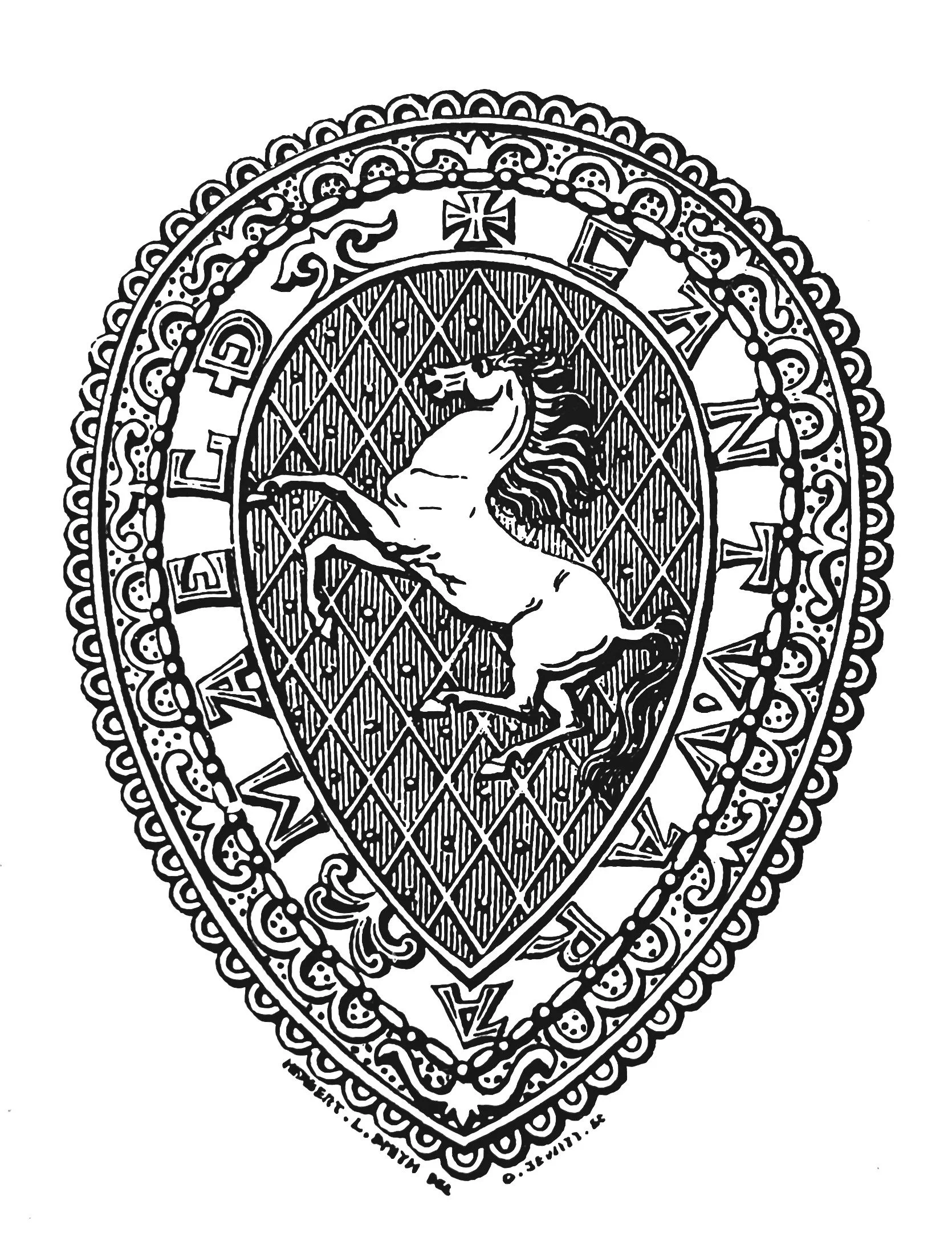
KAS Newsletter, Issue 36, Winter 1996
Insights into Kent's archaeology, heritage conservation efforts, and society events for engaging with local history.
Contributions to the next issue are welcome. See the guidance for contributors and contact Editor Craig Campbell.
Search page
Search within this page here, search the collection page or search the website.
Previous
Previous
The Castles of Kent No. 1.
Next
Next
On Archaeology, Planning and Sites and Monuments Records
Written By KAS
Featured
, 1995, KAS Newsletter, Issue 33 (Winter 1995). Maidstone: Kent Archaeological Society.
, 1995, KAS Newsletter, Issue 33 (Winter 1995). Maidstone: Kent Archaeological Society.
, 1995, KAS Newsletter, Issue 33 (Winter 1995). Maidstone: Kent Archaeological Society.
, 1995, KAS Newsletter, Issue 33 (Winter 1995). Maidstone: Kent Archaeological Society.


